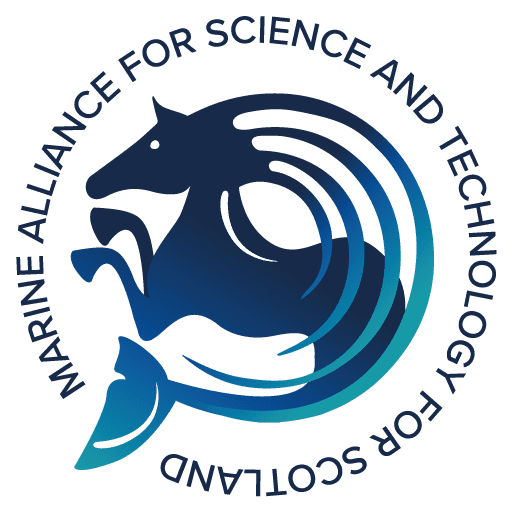 Specific examples of the application of ecosystem models in support of policy include forecasting water quality, eutrophication in the North Sea, and Maximum Sustainable Yield (MSY) and the Large Fish Indicator (LFI).
Specific examples of the application of ecosystem models in support of policy include forecasting water quality, eutrophication in the North Sea, and Maximum Sustainable Yield (MSY) and the Large Fish Indicator (LFI).
Forecasting water quality:operational forecasting and monitoring of water quality enables timely interventions by both stakeholders and the agencies responsible for public health. The AlgaRisk monitoring tool is a prototype that provided warnings of algae blooms to support the statutory obligations of the Environment Agency. This tool combines data from an operational physical-biological coastal model with satellite observations, and the results are available through an internet portal where users can visualise both model output and observations. A demonstration AlgaRisk service was implemented in 2008 to support the European Union Bathing Waters Directive.
 Eutrophication in the North Sea: following the first assessment of eutrophication for OSPAR, the Netherlands and Germany identified eutrophication problem areas in their marine waters and alleged that inputs of nitrogen from the UK made a significant contribution. The OSPAR Eutrophication Committee tasked the Intersessional Correspondence Group for Ecosystem Modelling (ICG-EMO) to undertake modelling based on OSPAR riverine nutrient reduction scenarios and trans-boundary nutrient transport. This work involved the application of seven ecosystem models by different institutes for pre-defined scenarios, using the same forcing, validation data, methods, and post-processing procedures. The resulting multi-model ensemble was used to assess uncertainty, which substantially enhanced the overall credibility of the results reported to the OSPAR Eutrophication Committee. Their subsequent influence on OSPAR decision making was far greater than would have been achieved by one national source. This modelling work was also used as supporting evidence in a case where the UK successfully defended against the European Commission in the European Court of Justice (Case C-390/07).
Eutrophication in the North Sea: following the first assessment of eutrophication for OSPAR, the Netherlands and Germany identified eutrophication problem areas in their marine waters and alleged that inputs of nitrogen from the UK made a significant contribution. The OSPAR Eutrophication Committee tasked the Intersessional Correspondence Group for Ecosystem Modelling (ICG-EMO) to undertake modelling based on OSPAR riverine nutrient reduction scenarios and trans-boundary nutrient transport. This work involved the application of seven ecosystem models by different institutes for pre-defined scenarios, using the same forcing, validation data, methods, and post-processing procedures. The resulting multi-model ensemble was used to assess uncertainty, which substantially enhanced the overall credibility of the results reported to the OSPAR Eutrophication Committee. Their subsequent influence on OSPAR decision making was far greater than would have been achieved by one national source. This modelling work was also used as supporting evidence in a case where the UK successfully defended against the European Commission in the European Court of Justice (Case C-390/07).
Maximum Sustainable Yield (MSY) and the Large Fish Indicator (LFI):ecosystem models are less widely used in European fisheries management, but have been adopted to provide advice on the prospects for meeting single-species management targets simultaneously and assessing the trade-offs between meeting targets for fisheries management and conservation. For example, example, three different models have been used to support advice on whether CFP targets for fishes in the North Sea would be sufficient to meet a proposed target for MSFD. Even though the rationale underlying the two targets is very different, they were indeed compatible with each other within the uncertainty of the combined model data.

